Your Reliable Partner in Game Console Supply
Competitive Prices · Flexible Terms · Long-Term Growth

Have you ever wondered when your favorite gaming console crosses the line into "retro" territory? It's not just about age—it's about nostalgia, accessibility, and cultural impact.
A game console becomes retro when it triggers nostalgia in a generation of players, becomes historically significant, and requires special effort to play today (like using emulators or old TVs).
Many gamers debate when a console officially becomes retro. It's more than just numbers—it's about how we remember and interact with these systems today.
How long until a console is considered retro?
People often think retro means 20-30 years old. But time alone doesn't make something retro. It's about emotional connections1.
Most consoles become retro when their original players reach adulthood (25-35+ years old) and start feeling nostalgic for their childhood gaming experiences.
The retro status depends on several factors:
- Generational shift - When kids who grew up with it become adults
- Technical obsolescence - When modern TVs or connections don't support it
- Cultural impact - When its games influence newer titles
For example, the PlayStation 2 (2000) is now widely considered retro, while the Xbox 360 (2005) is just entering that phase.
At what point does something become retro?
Retro isn't just about years passed. It's about how we view and use something today compared to its original era.
Something becomes retro when it represents a distinct period in history, feels different from current technology, and inspires nostalgia or curiosity.

Three key markers of retro status:
| Marker | Explanation | Example |
|---|---|---|
| Cultural distance | Feels from a different era | CRT TV graphics |
| Technical difference | Works differently than modern equivalents | Cartridge-based games |
| Emotional response | Creates warm memories or curiosity | First console you owned |
The Nintendo 64 (1996) feels retro because of its unique controller, blocky graphics, and the childhood memories it brings back.
At what point is a game considered retro?
Games become retro when they represent a bygone era of gaming—in technology, design, or cultural context.
A game becomes retro when its graphics, gameplay, or technology feel noticeably dated compared to modern titles, yet still hold charm and historical value.
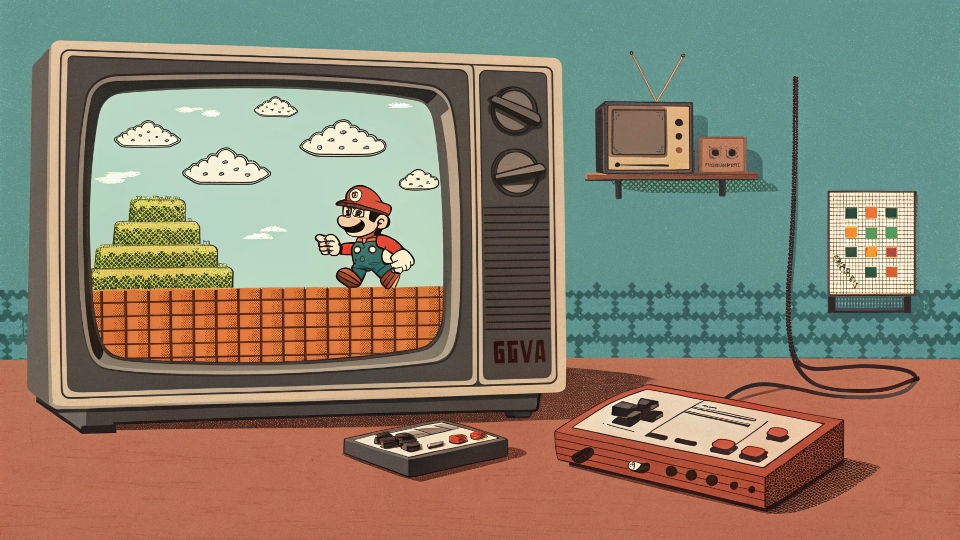
Several factors make games retro:
Several factors make games retro:
- Visual style1 - Pixel art or early 3D graphics
- Gameplay design2 - No autosaves or simpler controls
- Technical limits - Loading times or memory constraints
- Cultural references - Music, humor, or themes of its time
Super Mario Bros. (1985) is retro not just for its age, but because its 8-bit style and straightforward platforming feel different from today's Mario games.
Is the Xbox 360 considered retro now?
The Xbox 360 (2005) is beginning to be seen as retro by some gamers, especially younger ones who didn't grow up with it.
The Xbox 360 is entering retro status as its technology becomes dated (DVD-based games, 720p standard), and its generation of players approach their 30s.
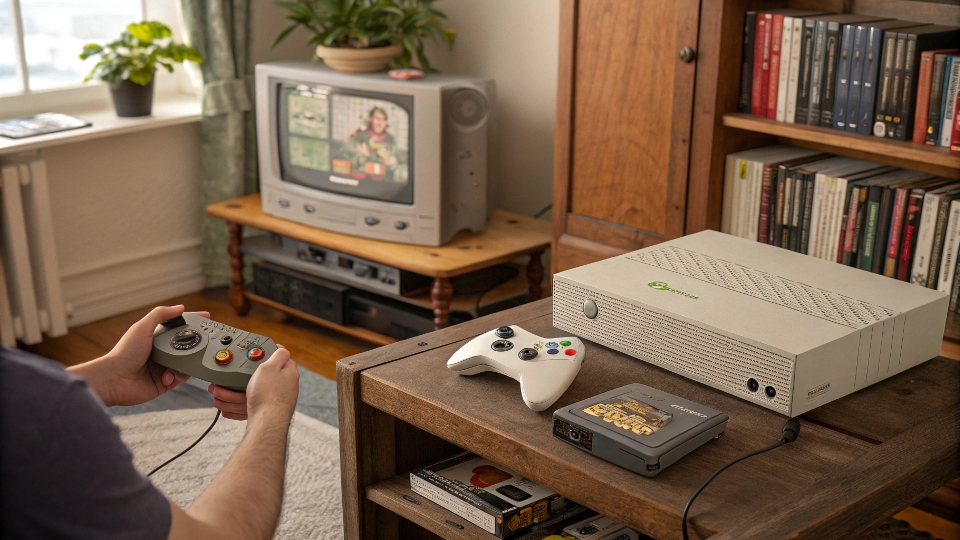
Why the 360 is becoming retro:
- Technology - No HDMI in early models, HD-DVD failure
- Market position - Last generation before digital dominance
- Games - Early achievements system, first HD consoles
- Nostalgia - Players who were teens then are now adults
While not fully retro like the NES yet, the 360 represents a distinct era that's clearly different from today's gaming landscape.Conclusion
A console becomes retro when it sparks nostalgia, needs special effort to play, and represents a distinct gaming era—usually 15-25 years after release.
You may also be interested in:

Is it bad to give your child a game console as a gift?
Many parents worry about buying game consoles for kids. They fear it might harm their development. But is this fear justified? Let us explore the
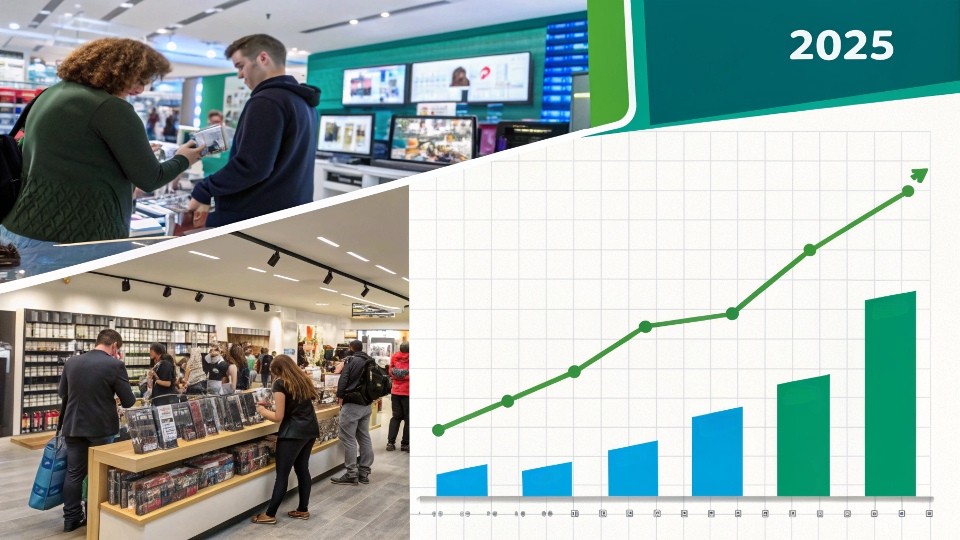
Offline Game Console Sales in 2025: Why Brick-and-Mortar Still Matters
Introduction While online sales are projected to account for 52.7% of global gaming console purchases in 2025, offline retail remains indispensable—especially for hands-on experiences, instant
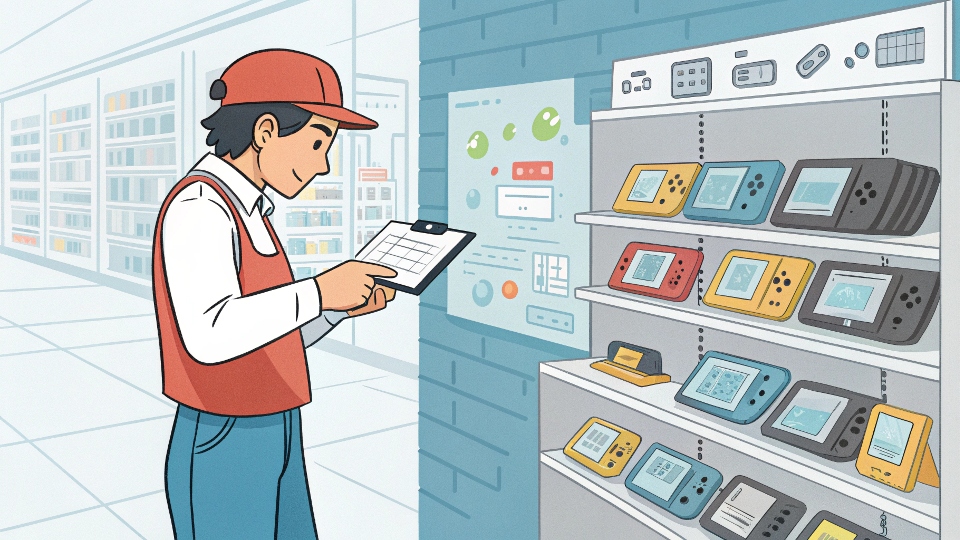
How to Choose the Right Wholesale Handheld Game Console for Your Store?
Starting a gaming retail business is exciting, but stocking the wrong consoles can lead to financial losses and unhappy customers. The key lies in smart
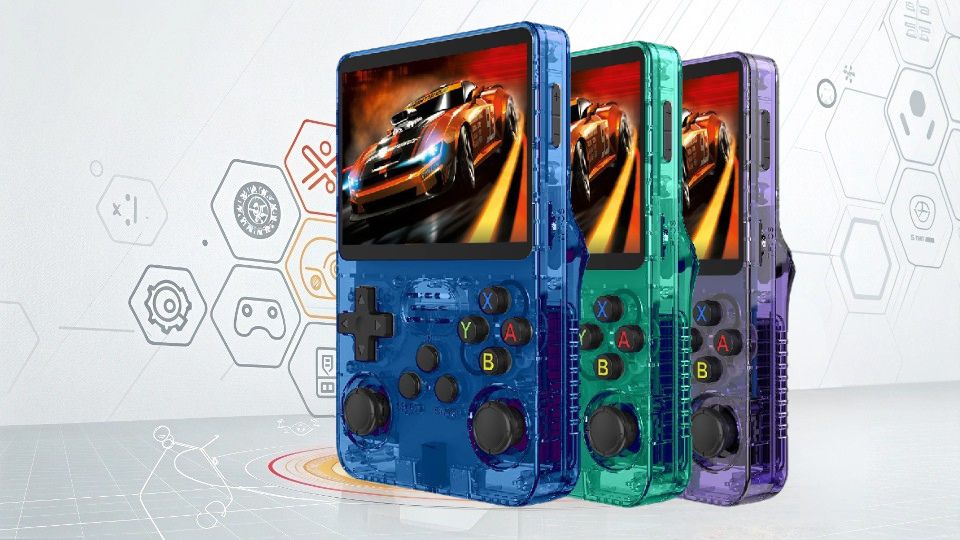
Why R36S Is a Profitable Choice for Game Consoles Distributors?
Retro gaming is booming, but finding affordable, high-quality handhelds is tough. Distributors need products that sell fast and deliver profits. The R36S solves both problems.
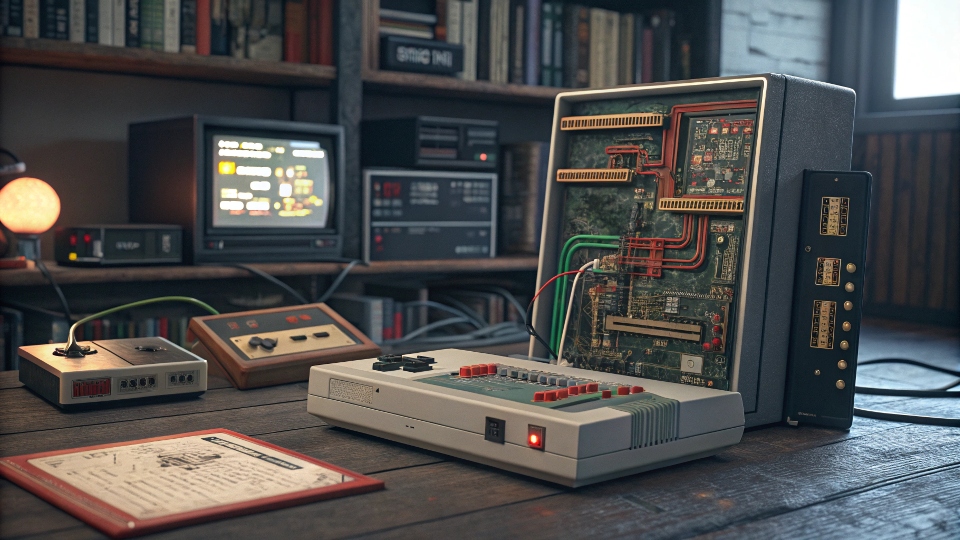
What are the most difficult video game consoles to emulate?
Old game consoles refuse to die. Gamers keep them alive through emulators. But some consoles fight back harder than others against being copied in code.
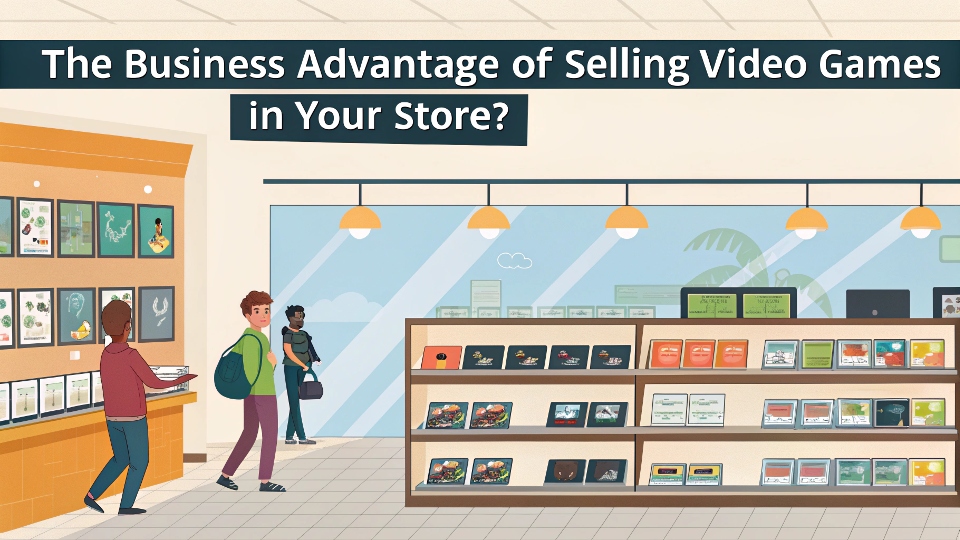
The Business Advantage of Selling Video Games in Your Store
Video games are no longer just a hobby. They are a booming industry that can bring real profits to your store. But how can you





